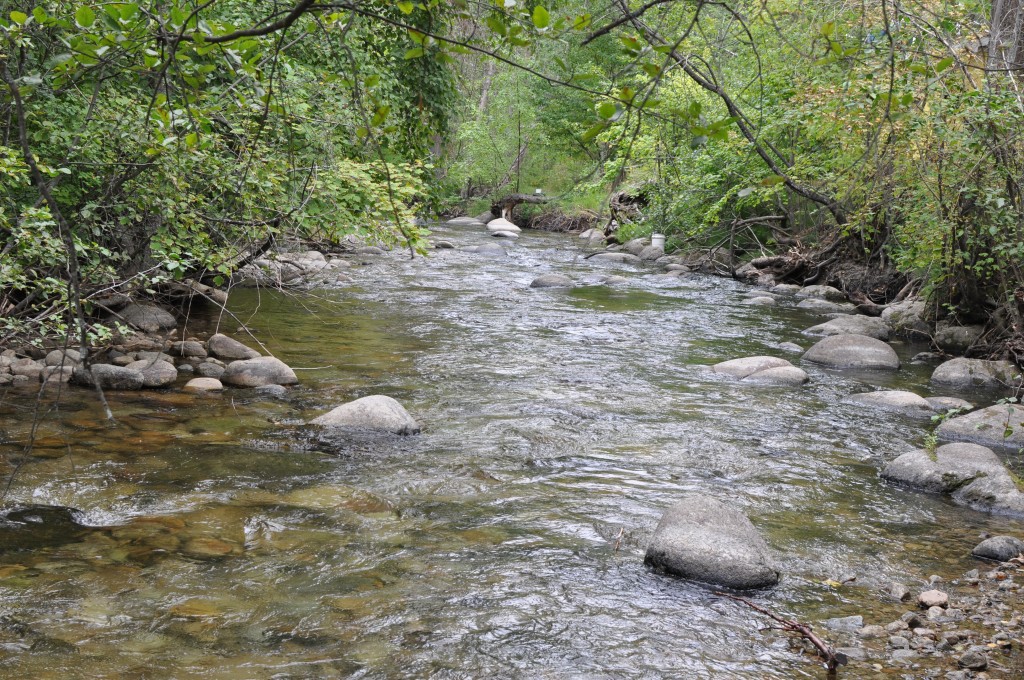The River-Dwelling Cousins of Ocean-Loving Algae
Posted in Interesting Plant Stories on January 17, 2014 by Xian Wang
Xian Wang is studying for her Ph.D. degree at Fordham University and The New York Botanical Garden‘s Commodore Matthew Perry Graduate Studies Program.

Algae, a large and diverse group of plants that live in water, are often overlooked, but they shouldn’t be. They play an important role in the food web and life on Earth: algae produce more oxygen than all the land plants combined. They can be found in freshwater, brackish, and marine environments, and they’re classified as red, green, or brown, which is the kind I am currently studying.
The great majority of brown algae are generally found in marine environments. Many people—including botanists—are surprised to learn that freshwater brown algae exist, yet they do! Freshwater browns are very interesting, but unfortunately they are poorly understood. Their scientific classification, ecological roles in the ecosystem, and how they evolved from their marine counterparts are far from well-studied.
The scientific name of a freshwater brown alga that I study is Heribaudiella fluviatilis. It has been collected from scattered locations in Asia, Europe, and North America. This species is found in fast-flowing cold rivers and forms tiny brown crusts on the surface of rocks. I enjoy my research not only because I get to collect these interesting organisms in the field, but also because I am able to study their DNA in the lab in order to figure out how these freshwater brown algae evolved from their marine ancestors.
Solving such mysteries is one of the ways scientists at The New York Botanical Garden are working to understand plant life so it can be conserved. Imagine a world without these oxygen-producing powerhouses!


I know you’re trying to simplify your explanation of fresh/marine algae, but I thought “most of the algae that grow in the ocean” are red algae (in terms of number of species)?